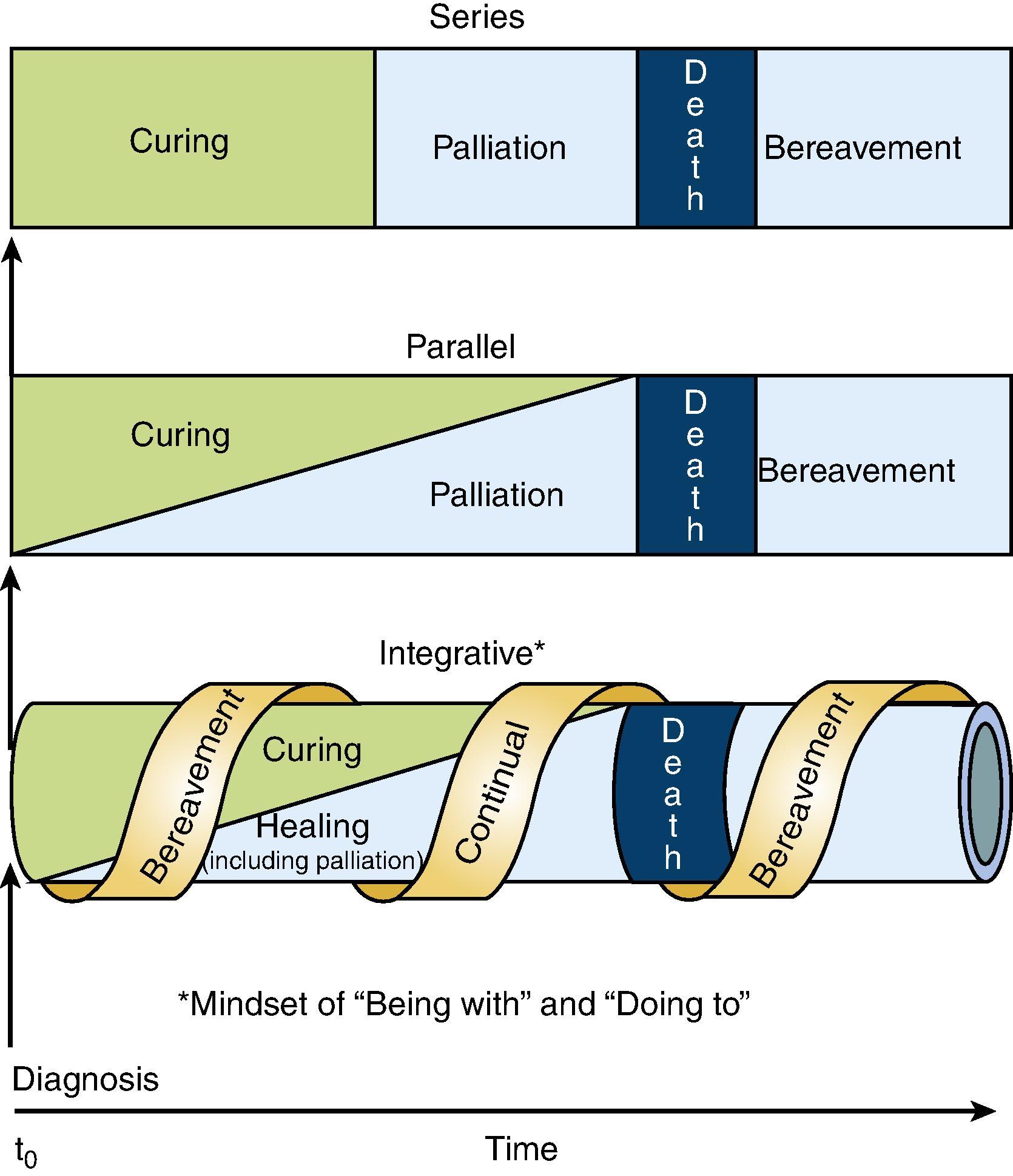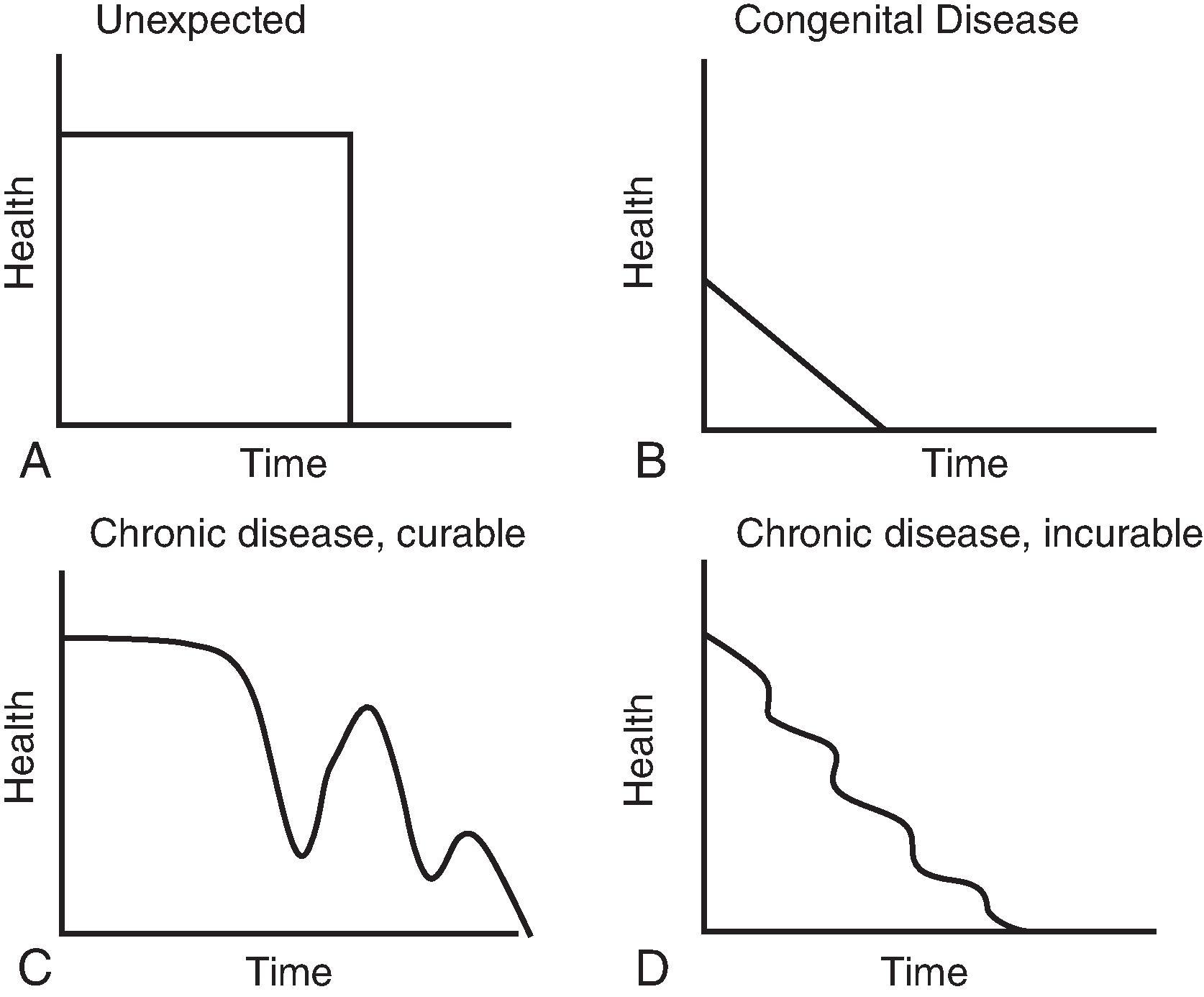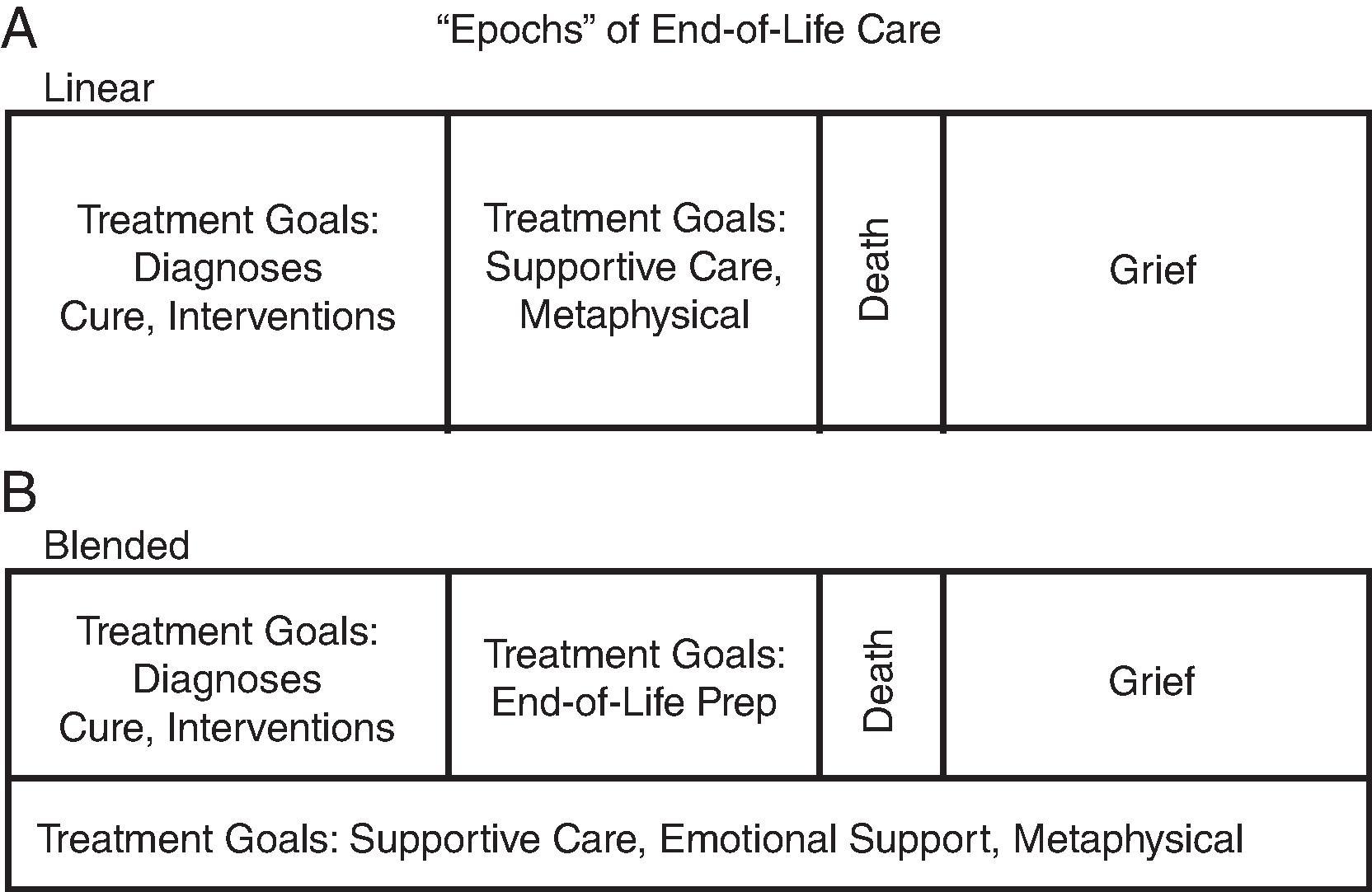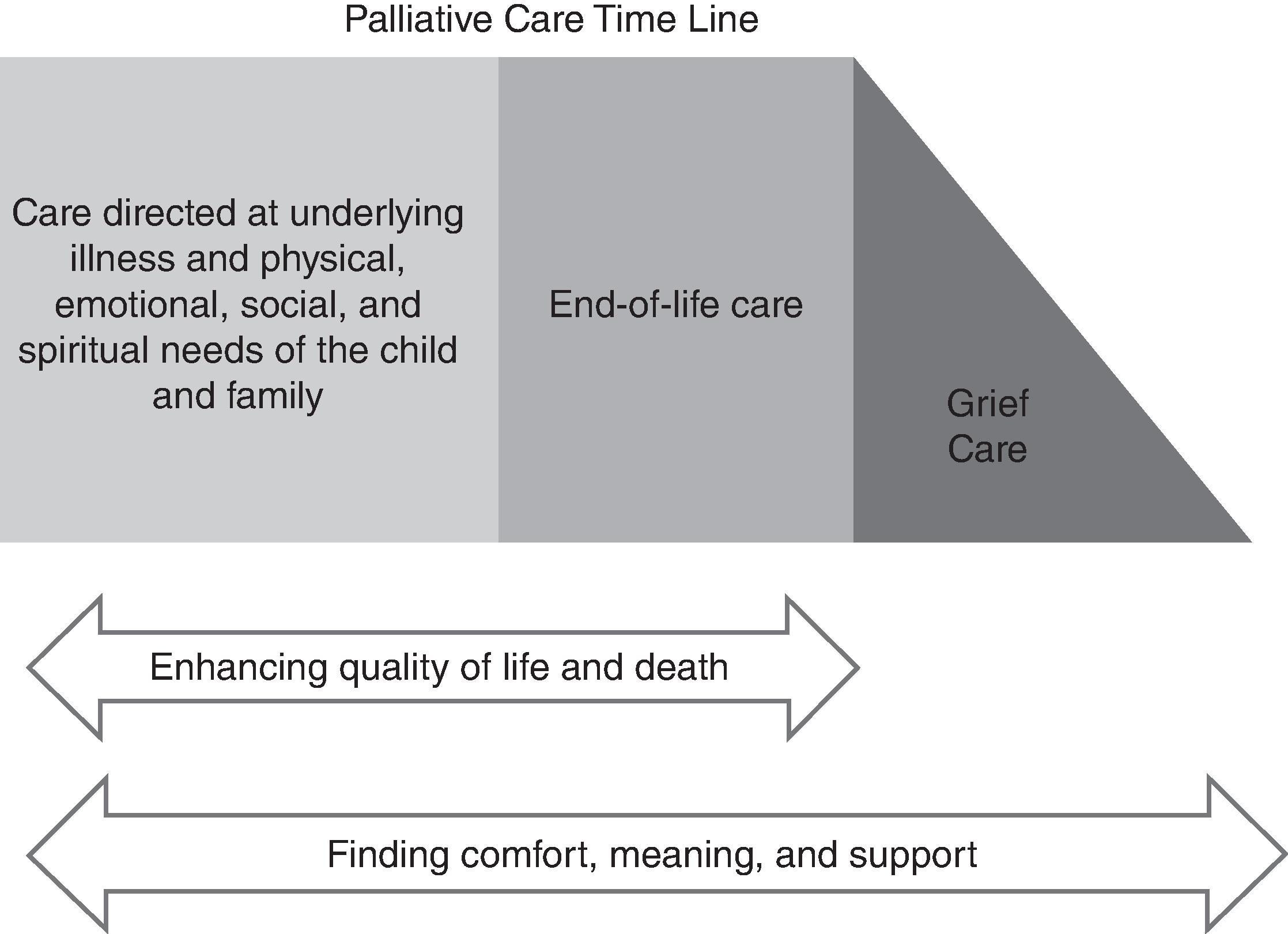Physical Address
304 North Cardinal St.
Dorchester Center, MA 02124
Perinatal palliative care is specialized medical care for fetuses/infants with life-threatening or terminal conditions, with the goal of providing equitable and effective support for curative, life-prolonging, and palliative care for patients and their families.
Perinatal hospice may include care of infants diagnosed with a serious medical condition in a physical inpatient setting or at home.
Perinatal palliative care is a difficult situation for both families and care providers and needs inputs from multiple disciplines such as perinatal hospice nurses, social workers, chaplains, child life specialists, or others who can assist with birth plans, counseling, sibling support, and preparation for end-of-life care.
The scope of perinatal palliative care services may include (1) primary care offered within any community, for lethal conditions such as anencephaly; (2) secondary care, for conditions with diagnostic ambiguity or prognostic uncertainty and rare disorders with which medical services and the community are uncomfortable (examples may include trisomy 18 and complex congenital cardiac defects), and (3) tertiary care, which includes more complex situations that may require fetal interventions and trials of therapies.
The provision of end-of-life (EOL) palliative care to critically ill fetuses or newborn infants is difficult for both the families and the care providers. In many infants, the need for EOL care may arise suddenly, following a catastrophic change in condition or following a complication. In extremely premature infants with a difficult clinical course, the transition to palliative care may be gradual as more organ-specific complications are recognized. In these two groups, bereavement is a distinct phase. The situation may be more complex in a third group, who may have short phases of curing and healing that bring joy, such as infants with difficult-to-treat genetic conditions, but these phases may be mixed with periods when the baseline diagnosis again becomes prominent and brings resignation ( Fig. 90.1 ). In other lines of thinking, the temporal course has been considered to be primary variable ( Fig. 90.2 ). There has also been some recognition of the epochs of EOL care ( Fig. 90.3 ).



One of the primary goals of EOL care is controlling distressing symptoms. Both clinician and parental perception of adequate control of symptoms including pain, agitation, and air hunger is a central component of the EOL experience. However, the newborn patient population poses unique challenges to symptom palliation, because infants are nonverbal and symptoms may present differently than in older patients ( Fig. 90.4 ). There is limited research in the assessment of many symptoms, such as delirium and air hunger, whereas other symptoms, such as pain, have a multitude of measures. Numerous pain scales exist, and most use both a physiologic and a behavioral assessment that might be characterized as subjective. For other symptoms, the lack of widely accepted and validated assessment measures may cause clinicians to be less confident or aggressive in their management of symptoms such as agitation, delirium, or air hunger. However, professionals in the healing arts have an ethical and moral responsibility to alleviate suffering. Hence, despite these challenges, it remains the responsibility of the treatment team to minimize, and to alleviate as much as possible, neonatal patient suffering. This chapter will present interventions, both pharmacologic and nonpharmacologic, that can optimize comfort during the EOL period.

Although many of these therapies have overlapping indications for curative interventions, the focus of this chapter will be to outline management of the symptoms frequently experienced by infants in the EOL period. As with most comfort-focused care plans, all interventions should be considered in the context of the family's goals and wishes for the child.
Aggressive treatment of pain in the dying neonate may make some caregivers uncomfortable. Given the multitude of modalities to address pain, leaving it untreated is ethically indefensible, especially in the EOL setting. Historically, there were incorrect or incomplete understandings of how newborns experienced of pain. It was not until the 1980s that the medical field had a major paradigm shift to acknowledge and subsequently treat neonatal pain. Despite the now well-accepted understanding of neonatal pain, there remain concerns that pain is still inconsistently treated, including in the EOL period. Contributing to this inconsistent treatment or undertreatment of pain at the EOL may be a concern that achieving adequate pain control may hasten death. However, evidence demonstrates that infants with adequate pain control live longer than do those with uncontrolled pain and agitation. Additionally, there is evidence that exposure to analgesic and anxiolytic medications in infants who die in intensive care units has increased significantly during the past 15 years. Treatment of pain is a vital component of a palliative care plan.
The first step in achieving adequate pain control is determining how to assess pain. Recent studies evaluating pain scales in the neonatal palliative care population found that there is not sufficient evidence to conclude that one scale is superior to others. , The importance of using the same scale consistently, with frequent assessment and documentation, has been well described. Tables 90.1 and 90.2 are compiled from numerous published references that outline pain assessment tools for neonates.
| Assessment Tool | Indicators | Gestational Age (wk) |
|---|---|---|
| Neonatal Facial Coding System (NFCS) | Brow lowering | 24–32 |
| Eye squeeze | ||
| Nasolabial furrowing | ||
| Lip opening | ||
| Vertical mouth stretch | ||
| Horizontal mouth stretch | ||
| Taut tongue | ||
| Chin quiver | ||
| Lip pursing | ||
| Premature Infant Pain Profile (PIPP) | Gestational age | 28–40 |
| Behavioral state | ||
| Maximum heart rate | ||
| Percentage decrease in O 2 saturation | ||
| Brow bulge | ||
| Eye squeeze | ||
| Nasolabial furrowing | ||
| Neonatal Pain Agitation and Sedation Scale (NPASS) | Crying | 23–40 |
| Behavioral state | ||
| Facial expressions | ||
| Extremities/ton | ||
| Vital signs | ||
| Behavioral Indicators of Infant Pain (BIIP) | Behavioral state | 24–32 |
| Facial expressions | ||
| Hand movements | ||
| Douleur Aiguë du Nouveau-né (DAN) | Facial movements | 24–41 |
| Limb movements | ||
| Vocal expressions | ||
| Premature Infant Pain Profile-Revised (PIPP-R) | Maximum heart rate | 25–40 |
| Percentage decrease in O 2 sat | ||
| Brow bulge | ||
| Eye squeeze | ||
| Nasolabial furrowing | ||
| Gestational age and behavioral state | ||
| Faceless Acute Neonatal Pain Scale (FANS) | Change in heart rate | 30–35 |
| Bradycardia, desaturation (acute discomfort) | ||
| Limb movements | ||
| Vocal expressions | ||
| Neonatal Infant Pain Scale (NIPS) | Facial expressions | 26–47 |
| Crying | ||
| Breathing patterns | ||
| Arm movements | ||
| Leg movements | ||
| State of arousal | ||
| Crying Requires Increased Oxygen Administration, Increased Vital Signs, Expression, Sleeplessness (CRIES) | Crying | 32–60 |
| Fi o 2 requirement | ||
| Increased blood pressure and heart rate | ||
| Facial expressions | ||
| Sleep state | ||
| COMFORTneo | Alertness | 24.6–42.6 |
| Calmness/agitation | ||
| Respiratory response (ventilated patients) | ||
| Crying (spontaneously breathing patients) | ||
| Body movement | ||
| Facial tension | ||
| Body muscle tone | ||
| COVERS Neonatal Pain Scale | Crying | 27–40 |
| Fi o 2 requirement | ||
| Vital signs | ||
| Facial expressions | ||
| Resting state | ||
| Body movement | ||
| Pain Assessment in Neonates (PAIN) | Crying | 26–47 |
| Breathing patterns | ||
| Extremity movement | ||
| State of arousal | ||
| Fi o 2 requirement | ||
| Increase in heart rate | ||
| Pain Assessment Tool (PAT) | Posture/tone | 27–40 |
| Crying | ||
| Sleep pattern | ||
| Facial expressions | ||
| Heart rate | ||
| O 2 saturation | ||
| Blood pressure | ||
| Nurse perception | ||
| Scale for Use in Newborns (SUN) | CNS state | 24–40 |
| Breathing patterns | ||
| Movement | ||
| Tone | ||
| Facial expressions | ||
| Heart rate | ||
| Blood pressure | ||
| Echelle Douleur Inconfort Nouveau-né (EDIN) | Facial activity | 25–36 |
| Body movement | ||
| Quality of sleep | ||
| Quality of contact with nurses | ||
| Consolability | ||
| Bernese Pain Scale for Neonates (BPSN) | Alertness | 27–41 |
| Duration of crying | ||
| Time to calm | ||
| Skin color | ||
| Eyebrow bulge with eye squeeze | ||
| Posture/tone | ||
| Breathing patterns | ||
| CNS , Central nervous system. | ||
| Scale | Acute Pain | Prolonged Pain | Postoperative Pain | Level of Sedation |
|---|---|---|---|---|
| NFCS | X | X | X | |
| PIPP | X | |||
| PIPP-R | X | |||
| NPASS | X | X | X | |
| BIIP | X | |||
| DAN | X* | |||
| FANS | X | |||
| NIPS | X | X | ||
| CRIES | X | X | ||
| COMFORTNeo | X | X | ||
| COVERS | X | |||
| PAIN | X | |||
| PAT | X | |||
| SUN | X | |||
| EDIN | X | |||
| BPSN | X |
The opioid class of medications has been used worldwide for the treatment of pain. These medications bind to opioid receptors (mu, kappa, delta, and sigma) in the central nervous system and can act in a variety of ways including as agonists, antagonists, mixed agonist-antagonists, or partial agonists.
Clinicians in the neonatal intensive care unit (NICU) and other EOL settings are likely familiar with the administration of opioids to achieve pain control in the newborn patient—most notably morphine and fentanyl. In addition to the choice of specific medication, the dose, route of administration, and attention to potential adverse effects require attention. In EOL circumstances, traditional and convenient intravenous routes of administration such as central lines or peripheral intravenous lines (IVs) may have been removed to allow for a more natural death. The benefit and need for pain control may merit discussion of maintaining IV access. However, there are alternative dosing routes, including oral/buccal, enteral, and intranasal, that may allow for continued pain control without the need for an IV.
Fentanyl is roughly 100 times more potent than morphine, with a shorter onset of action and shorter half-life. Fentanyl is only available in IV and intranasal routes. Although evidence is limited, intranasal fentanyl appears to be effective and safe in achieving pain control in the newborn. There is a known risk of chest wall rigidity with fentanyl, occurring in <10% of patients and seen with large bolus doses that are rapidly administered. Additionally, increased frequency of apneas may occur with a bolus compared with continuous dosing of fentanyl.
Morphine is widely used in palliative care across all patient populations and remains an excellent choice in the EOL setting because it is widely available, economically favorable, and can be administered enterally or parenterally. Continuous morphine infusion may increase the risk of a patient developing hyperalgesia, myoclonic movements, or pruritus, which can increase distress in the EOL period. If hyperalgesia is suspected or there is continued or increased pain despite escalating doses of morphine, opioid rotation should be considered in addition to concomitant treatment with clonidine. Hydromorphone may be an acceptable and available alternative.
Respiratory depression is a potential adverse effect of all opioid medications, but evidence indicates that this occurs less frequently with morphine than fentanyl. Multiple studies have shown that morphine administration is not likely to hasten patient death. , Additionally, opioids have a known potential to increase sedation, which may be desirable in the EOL setting. Literature suggests that morphine remains an excellent choice for pain control in the neonatal patient population because it may alleviate additional symptoms such as dyspnea.
Clear communication regarding the potential for respiratory depression and sedation should be maintained between the medical team (physicians, nurses, trainees, etc.) and the family when prescribing opioids. This may be most likely with an escalation of opioid dosing, the use of two opioids at the same time, or the concomitant use of other adjunctive medications such as benzodiazepines or barbiturates in managing pain, anxiety, or seizures, because these all can result in respiratory depression. The ethical principle of double effect is often applicable here, where the intention to treat pain may have foreseeable but undesirable effects. This doctrine allows for aggressive management of symptoms even to the point of sedation, respiratory depression, or death, with the understanding that these “side effects” are not the intention. If traditionally accepted treatment methods are not adequately relieving the symptoms, higher doses and/or addition of secondary agents should be considered. The goal of escalating medications in such scenarios must be to minimize unrelenting suffering rather than to hasten death. Some practitioners remain uncomfortable with this, even in the EOL setting. Regardless, it remains important to families for their child to not experience pain during the dying process. Therefore, if the goal is to minimize suffering in the dying patient, subsequent, unintended respiratory depression is ethically permissible.
Benzodiazepines can be used in conjunction with opioids to improve pain control. Midazolam and lorazepam are frequently used in this newborn population, particularly in the EOL setting. In addition to pain control, these medications can reduce agitation and anxiety, although validated means of measuring these symptoms are not readily available for the neonatal population. It is noteworthy that a relatively high number of neonates (up to 10%) receiving benzodiazepines might experience myoclonic jerking. This may be related to neurologic immaturity or ischemic injury. Benzodiazepines should not be used as a single agent for pain control but are a good adjunct to opioid medications. Additionally, they can be administered in a variety of routes, making them desirable in the EOL setting. Intranasal midazolam can also be used to aid in seizure control, which may be a concern in some patients.
Barbiturates can also be beneficial for the treatment of anxiety and agitation. Although these drugs (pentobarbital or phenobarbital) are good sedatives, they are not analgesics. Their role in neonatal EOL care will be discussed later in this chapter.
Dexmedetomidine and propofol have become widely accepted in postoperative and sedation protocols and may be helpful agents in the EOL setting, particularly if opioid-associated respiratory depression is a concern. Dexmedetomidine requires intravenous access and has a relatively short half-life (2 hours). Clonidine, like dexmedetomidine, is an alpha-2 agonist. It has been used to aid in weaning patients off pain and sedation medications. Its use in pediatric EOL care is not yet well described in the literature. Propofol can be administered intranasally or intravenously. In limited studies there has been notable variability in response to bolus dosing. Unfortunately, no studies to date have been performed regarding the use of dexmedetomidine or propofol in the EOL setting, so no specific recommendations can be made at this time.
When considering pain management, the source and the type of pain should be considered. Specifically, neuropathic pain requires medications that work through a different mechanism than the antinociception opioid medications already discussed. One of the most commonly used medications in this arena is gabapentin, a gamma-aminobutyric acid analog thought to inhibit pain via voltage-dependent calcium ion channels in the central nervous system. Gabapentin has been demonstrated to reduce opioid and sedative medication use. This medication can be particularly useful in infants with neuro-irritability, chronic pain, and suspected viscera-hyperalgesia. Additionally, a recent study has demonstrated the effectiveness of gabapentin as an adjunct to morphine, yielding improved pain control compared with the use of morphine alone in pediatric patients. Gabapentin has a relatively low side-effect profile, and dosing can be escalated quickly. There is potential for withdrawal, although this has not been well studied in the newborn population.
Acetaminophen may be used orally or rectally for mild-to-moderate pain or as an antipyretic in the EOL period. There is evidence that IV paracetamol (the prodrug of acetaminophen) is an effective opioid adjunct in the postoperative management of neonatal pain. Data on use of nonsteroidal antiinflammatory drugs (e.g., ibuprofen, naproxen) at the EOL in the newborn population remain lacking.
Ketamine has garnered attention in recent years. It has multiple desirable properties including anxiolysis, analgesia, and amnesia. To date, it has not been routinely used or well studied in the EOL setting in neonates. Typically, it is administered via IV, although there is emerging evidence of its efficacy when administered intranasally. ,
There are a multitude of nonpharmacologic interventions that can and should be used to minimize pain in the EOL period. These will be discussed in a later section of this chapter, because in addition to treating pain, the majority of these are used to mitigate generalized suffering.
Become a Clinical Tree membership for Full access and enjoy Unlimited articles
If you are a member. Log in here